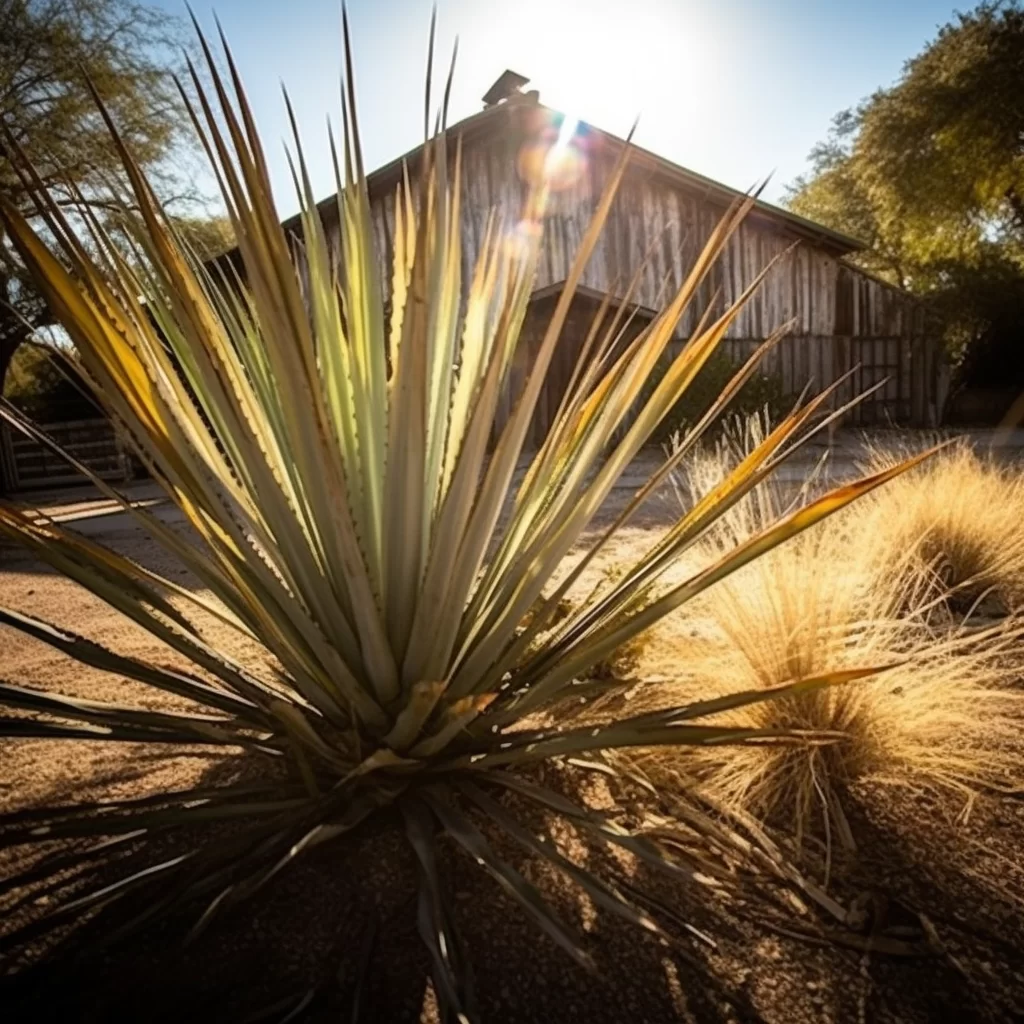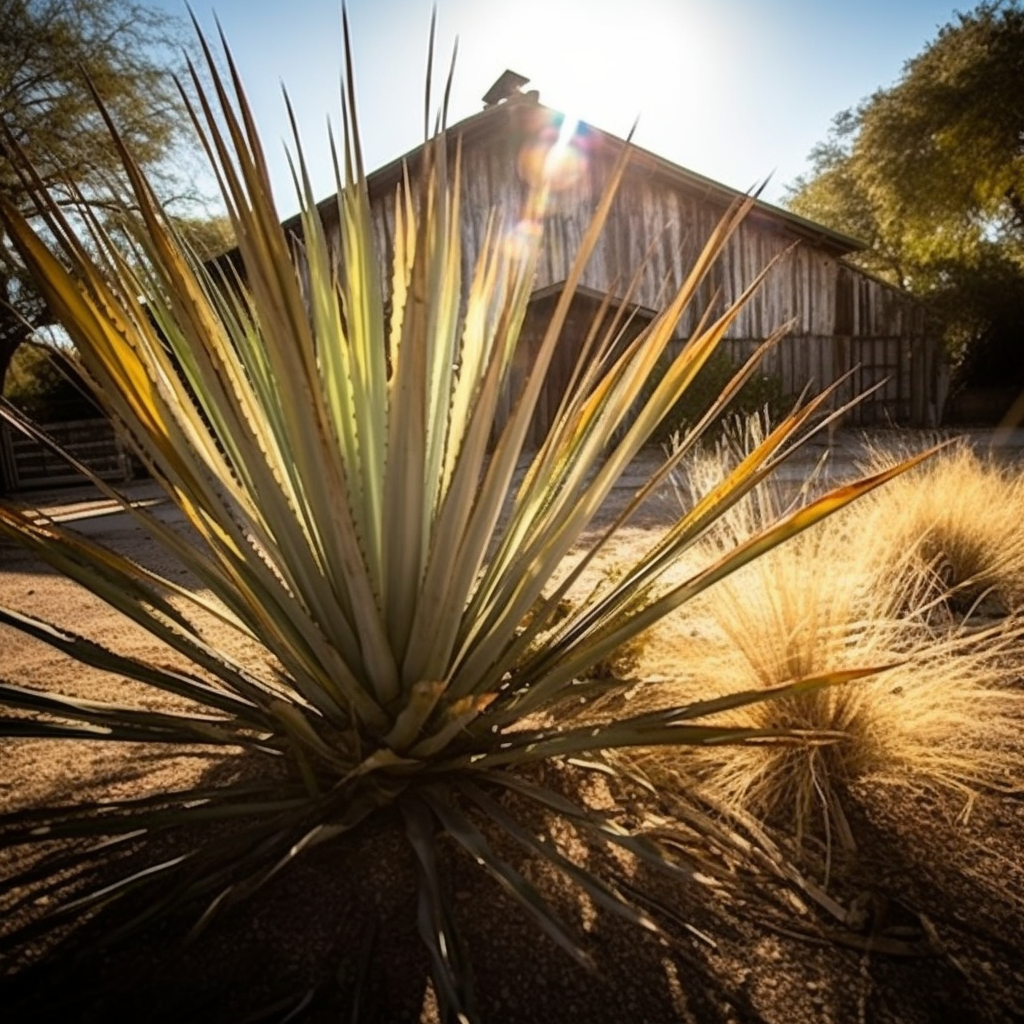Story of Day :
Contents
The Sotol Plant: A Complete Guide and Care Tips
Are you looking for a unique plant to add to your garden? Look no further than the sotol plant! This succulent is easy to care for and adds a striking desert vibe to any landscape. In this guide, we’ll cover everything you need to know about the sotol plant, from its origins and characteristics to care tips.
What is Sotol Plant?
Sotol plants are members of the Asparagaceae family. They’re native to rocky desert regions of North America, particularly in northern Mexico, Texas, New Mexico, Arizona, and California. The plant has long narrow leaves that are often grey-green or blue-green in color. They grow in rosettes up to 6 feet wide with flowering stalks that can reach up to 15 feet tall.
- The sotol plant is related to agaves and yuccas but has some distinct differences
- The leaves of a sotol are much wider than those of an agave or yucca
- Sootl’s flowering stalks often have multiple branches coming off them while those of agaves only have one central branch
- Sootl’s flowers bloom as white clusters on tall spikes which resemble giant candelabras when viewed from afar.

Caring for Your Sotol Plant
If you want your sotol plant thriving there are several key things you need pay attention:
Lighting Requirements
Sotal plants prefer full sun exposure – at least six hours per day – though they can tolerate some shade too if necessary.
Watering Requirements
Sotol plants are drought-tolerant and do not require frequent watering. They need to be watered only once a month during dry months. Overwatering can lead to root rot, so it’s essential to ensure the soil dries out thoroughly between waterings.
Soil Requirements
Sotol plants prefer well-draining, sandy soil with a slightly alkaline pH between 7.0 and 8.5.
Fertilizer Requirements
The sotol plant requires little fertilization because it is native to nutrient-poor soils but giving them some slow-release fertilizer can promote flowering and growth.
Propagation of Sotol Plant
Sotal plants propagate either by removing suckers or pups which grow at the base of mature plant or by seed propagation.
- To remove pups, use a sharp knife or scissors sterilized in rubbing alcohol and cut as close to the mother plant as possible without causing any damage – then replant in new sand mix soil potting mixture
- If you want more control over the genetics of your sotal population, consider seed propagation instead – collect mature capsules off the stalks after they’ve dried up naturally (usually after blooming cycle) sow them directly into damp sterile soil mix using plastic bag method for humidity control until germination has occurred.
Insects and Diseases that Affect Sotols
Sotal plants are generally pest-free but watch out for snails and slugs as well as spider mites which attack dry conditions leaves on this type of succulent. Some fungal diseases that might affect your sotal include leaf spot disease caused by various fungi species when leaves get wet; Rust fungus causing yellowish-brown spots on leaves and stem, and sometimes the stalks can be damaged by strong winds. Sotols are generally pretty resilient to most diseases, so it’s rare for them to have major outbreaks.
Conclusion
Sotol plants are an excellent addition to any garden or landscape. These striking succulents are easy to care for and add a unique touch of desert atmosphere anywhere they’re planted. By following the care tips outlined in this guide, you’ll enjoy beautiful sotal plants that thrive year-round while also aiding in adding a festive atmosphere around your landscape!
